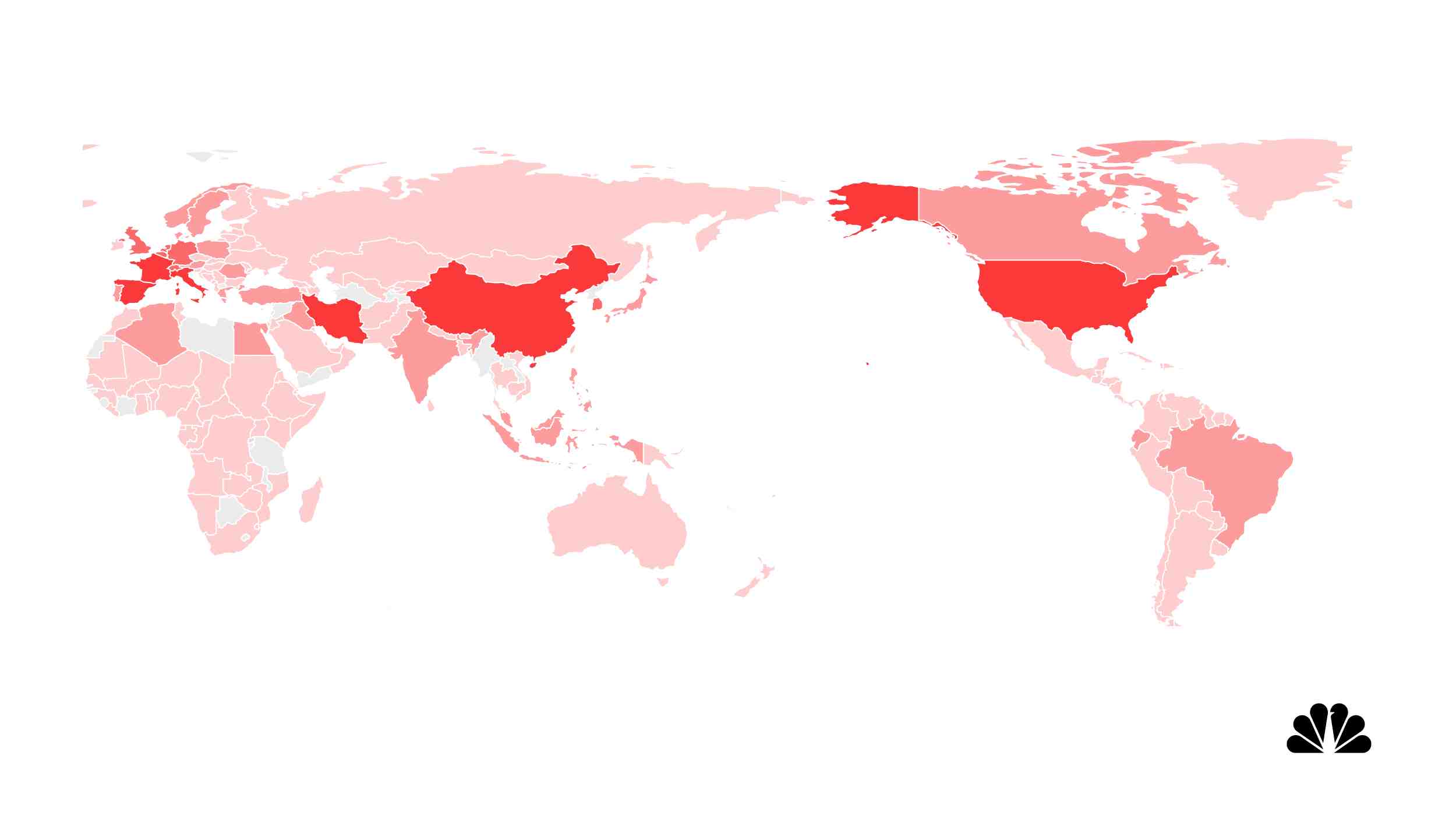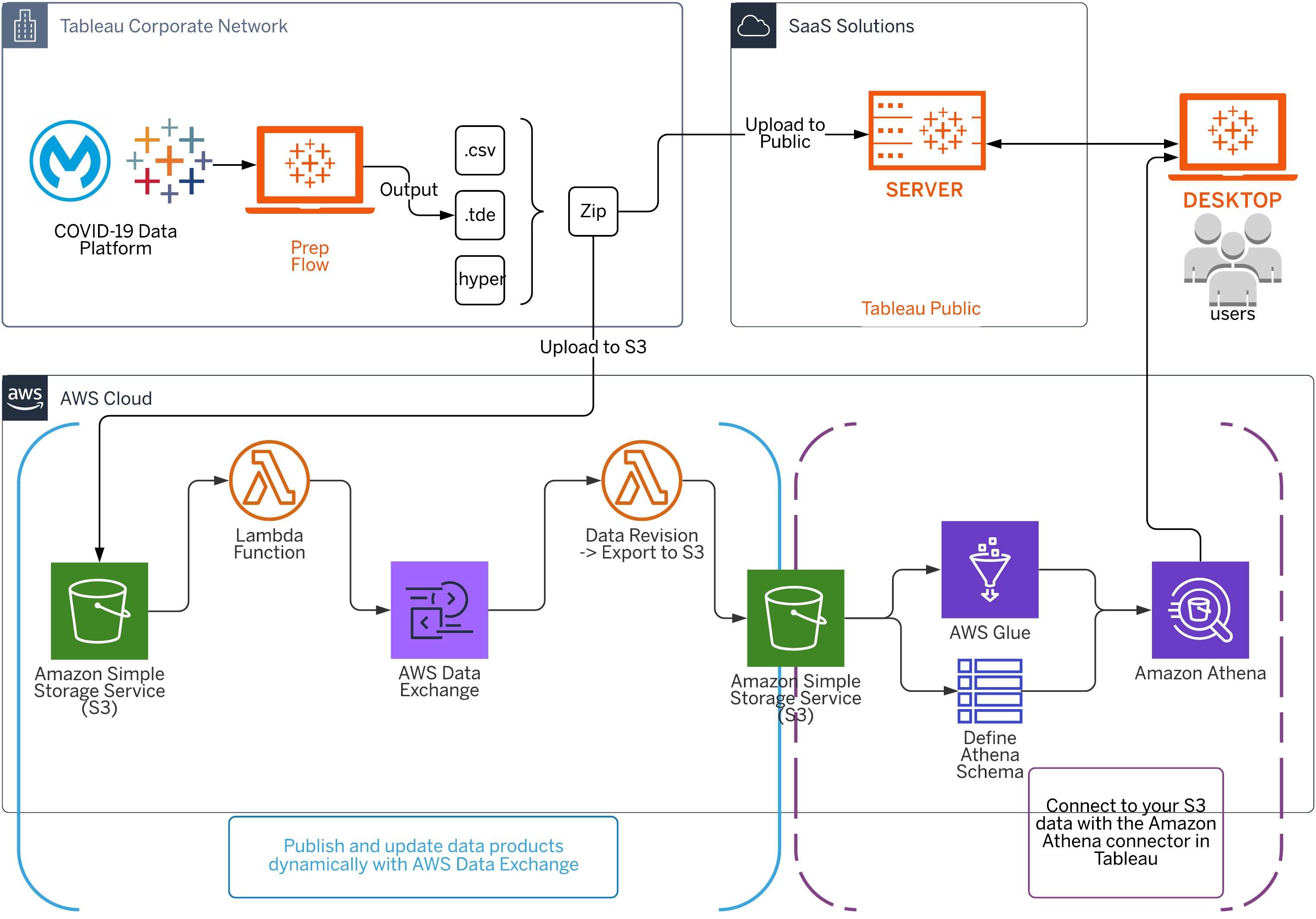How cutting-edge AI is helping scientists tackle COVID-19
There are over 5,700 Artificial Intelligence (AI) companies in the US, buoyed by the vibrant AI start-up scene in Silicon Valley. There are thousands more present across the world, and many of them are involved in efforts to tackle the pandemic. Recently, the Massachusetts Institute of Technology (MIT) has developed a Machine Learning (ML) platform that can speed up vaccine research, efficacy checks, population coverage, and testing. This platform, OPtiVax, can help us find a vaccine soon. But as we nervously check the pandemic toll and eagerly await for a vaccine, AI is quietly aiding our efforts in fighting the pandemic on several fronts.
The superhuman efforts of our healthcare workers are being aided with the help of the latest technologies, be it a robot in a quarantine center or a remote health monitoring device in the ICU. When it comes to the use of cutting edge technology, the use of Artificial Intelligence (AI) in fighting COVID-19 has been increasingly prominent. AI tools are analyzing data to red-flag outbreak hotspots. AI-enabled gadgets are identifying body temperature anomalies among people around. While British startup ClosedLoop is enabling digitized COVID-19 symptom tracking, Mantle Labs is addressing supply chain concerns during the pandemic by offering AI-driven crop monitoring solution. Be it detection, research, and healthcare, forecasting, or data analytics, AI is deeply involved in the fight against coronavirus.
Artificial Intelligence – a fountainhead of solutions
It has been almost two decades since Steven Spielberg tried to probe into the future of technology with his movie ‘AI - Artificial Intelligence’. Yet, even today we are only scratching the surface of a mountain of opportunities that is Artificial Intelligence.

Jude Law on the behalf of AI, lending a hand to humanity in Spielberg's film.
Alexa or Siri may not be able to answer our concerns about the end of COVID-19 yet, but the technology behind it is being used to tackle the pandemic on several fronts.
Enabling organizations to face COVID-19
The rapid onslaught of the pandemic almost caught the corporate world by surprise. Meetings, business tours, face to face interactions, even flow of information came to an abrupt halt. But as they say, the show must go on. The use of artificial intelligence in remote workforce management and facilitation of information is more visible now, with social distancing measures in place.
Even government organizations are making full use of cutting edge technologies to come up with digital solutions to manage COVID-19. Machine learning is being used for improving business communications and is filling the absence of face to face interaction between teammates and stakeholders. But AI is not just enabling organizations to cope with the pandemic. It is facing the virus eye-to-eye through various AI-driven detection, prevention, and response efforts.
Detecting the outbreak
Canadian start-up BlueDot raised an early red flag about the Corona outbreak. How they did it is mind-boggling, even in hindsight! It used Natural Language Processing (NLP) and Machine Learning (ML) to browse through reams of online reports, statements, and news pieces including government reports, travel records, health records, etc. This they did 4 times an hour all day. All this was triggered when on 30th December 2019 BlueDot’s AI spotted news of unusual pneumonia in a place called Wuhan in China! No wonder they spotted the outbreak 9 days before the World Health Organization.

With further data crunching, they successfully predicted 11 cities across the world that would see COVID cases in the days to come. Boston based HealthMap used a similar methodology to raise COVID-19 alarms and works relentlessly on infectious diseases. By handling massive data, AI enables companies like BlueDot and HealthMap to detect and raise alarm about the next disease outbreak. But how exactly AI handles the pandemic big data?
Big Data Analytics
Getting hold of big data is a battle only half won. Correlating different piles of data into meaningful information is something that AI, particularly ML, can do. Analytics is a crucial part of this relentless exercise. Take COVID-19 for example. Like most recent outbreaks it originally fed on an animal-to-human transmission with roots in exotic animal markets. With AI, researchers can put the pieces of the puzzle together. In this case, it could be animal population migration and consumption patterns, population breaks up, travel patterns, health reports, etc. AI doesn’t stop just at the analysis and identification.
Studying the Spread and Tracking It
The bushfire-like nature of the COVID-19 pandemic has left researchers with precious little time to adapt and manage their speed. Researchers are, therefore, using artificial intelligence to build models that study the reach of the virus across the world, cases going undetected, the social impact of the pandemic, and other patterns. A group of MIT researchers devised an ML model that can underline the spread of the virus with startling accuracy. It uses quarantine measures and the existing spread of the virus to predict future spikes. Notably, such know-how can be used in strategic decisions on the need for lockdowns and their tenure.
On the other hand, the study of undetected infections is unveiling new revelations in the fight against COVID-19. Researchers have partnered with Amazon Web Services (AWS) to quantify such undetected infections and study how the virus spreads and mutates. AWS is also involved in an AI-driven project to study the infected patients.
University of British Columbia researchers are using AWS resources to build an open-source AI model and study how the disease works. It plans to use lung scan imagery of COVID patients to understand the extent of infection and the body’s response to treatment. The findings of this AI model stands to equip radiologists with statistical and analytical insights. Closer home, Mumbai-based Qure.ai deployed its chest x-ray tool qXR in over 50 locations across the world to enable AI-driven COVID-19 identification and symptom study. In this regard, AI can battle COVID-19 by aiding the predictive modeling as well as caseload management.
AI – part of the solution
Without further ado - and it’s a lot of ado - we have to discuss drug and vaccine research. Normally it may seem like something involving a scientist and a lot of laboratory equipment. However, ML models can be used to understand protein structures, identify effective compounds, and even sift through alternatives.

AWS, again, is powering its partners LifeBit in genomic research and analysis. LifeBit accesses genomic data and their in-house data to conduct more holistic research. Similarly, the use of an antibody database to identify potential drug, or identifying protein families for vaccine development are similar AWS aided projects driven towards finding a solution to the COVID-19 problem.
Steadying The Ship
Most smartphones in India have, or are expected to have the Arogya Setu App. This Government of India app is using cutting edge AI and connectivity technology to build awareness around the novel coronavirus. It is an open-source application that also does contact tracing and mapping, apart from a chatbot driven self-assessment. Clevy.io, a French startup is making real-time information accessible through their AI-driven chatbot. Similar AI-driven contact tracing apps are adopted by governments across the world. Such virtual chatbots are acting as an important tool in places with stiff clinical demand and high caseloads.
Apart from these pandemic response measures, AI has been instrumental in enabling us to live under the proverbial COVID-19 sword. The use of drones and robotics in material handling, supplies, and deliveries, sterilization, sanitization, etc. in high-risk environments are effective hygiene and safety tools made possible by the use of AI.

The use of AI-enabled glasses that identifies body temperature anomalies of visitors or the use of AI-based anti-pathogen fabric for protective wear are examples of interesting use of AI in tackling COVID-19. Thus, it is clear that AI has emerged as the technology of choice for pandemic response efforts across all spheres. And with the presence of data and technology in all aspects of private and public life, embracing AI as a resource tool has been all the easier, obvious, and convenient.
Click here and check out GreyCampus' Data Science workshops.